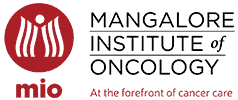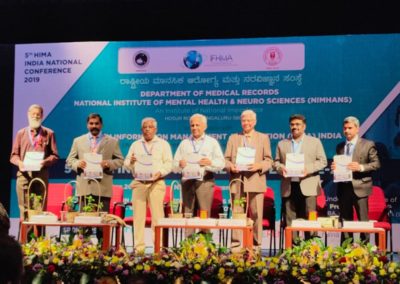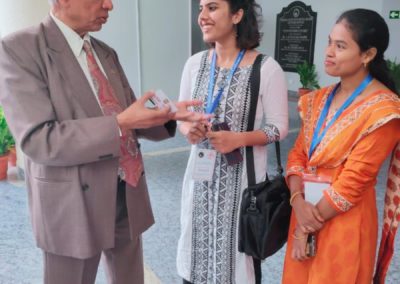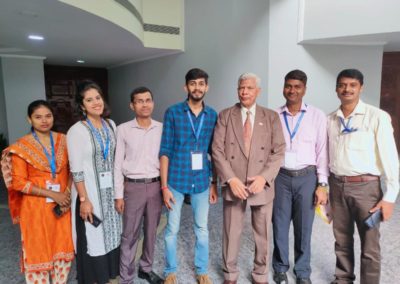A total of 284 delegates across the country had participated in the 5th HIMA National conference out of which three delegates from Mangalore Institute of Oncology (MIO) cancer speciality Hospital attended the conference from Mangalore, Dakshina Kannada district.
MIO, a super specialty cancer hospital was inaugurated on November 18, 2012. It is the only super speciality cancer hospital in coastal karnataka, Goa and northern Kerala. The hospital is 1260 bedded with 14000 medical records and includes both inpatient and outpatient services. The hospital is equipped to provide a comprehensive range of screening, assessment, diagnostic, treatment and palliative services.
Medical records have played a vital role over the decades not only in terms of basic statistics but also as an opportunity to look in for planning and monitoring. It provides the opportunity for the medical institutions, the state, and the federal government to plan for further steps in health care management This conference was held especially for the medical records staffs, faculties and students and it provided a great deal of information about the unified medical records system which enriched their knowledge, skill, and latest technology in this field.
A Unified Health Record (UHR) or a Unified Medical Record (UMR) is defined as key platform in the healthcare system that aggregates real-time data to create a circle view of the patient. This critical resource brings together not only electronic medical records, but also data from all different touchpoints such as basic patient data and demographics, medical history, medications, and allergies, immunization, lab test results, radiology images, vital signs, personal statistics, and billing information.
The aim of UMR is to make sure all the citizens of the country to have one electronic medical record system which would contain all their above mentioned medical system which can be accessed across the nation in every hospital or health care center by the patient himself and the healthcare professionals with a protocol.
Some of the key features of this conference are..,
- Implementation of the unified medical record system with professional standards in India
- Accreditation turning points of medical record quality
- Role of medical records during NABH accreditation
- Mental healthcare management system
- The value, importance, safety, and oversight of health records — clinicians perception.
Purposes are..,
- Promote the development and use of health records/information management in all health institutions including hospitals and healthcare.
- Advance the development and use of national health records/information management at par with international standards
- Provide for the exchange of information on health records/information management education requirements and training programs across the nation.
- Provide opportunities for education and communication between persons working in the field of health record/information management in all the institutions of India and abroad.
- Promote the use of technology and electronic health records throughout the nation.
During the 1st day of the conference, Prof. Dr. G D Mogli’s book “Dr. Mogli’s Mirror” was released, The book contains the story of Prof. G D Mogli’ his struggles, growth, and achievements in the field of medical record system. This inspiring book was given to all the delegates along with the certificates at the end of the conference.
At the end of theday | of the conference, a panel discussion was held with four panelists. It was an interactive session in which many of the delegates from various hospitals discussed the pros and cons (such as patient confidentiality, the practicality of the accessibility of the healthcare records) of a unified medical record system.
Information exchanged during the panel discussion brought in a lot of realistic details about the possibilities of applying the unified medical records in India.
On the second day of the conference, an online quiz was held on the subject of medical record system in which one of the delegates from MIO hospital scored 97% (29 questions answered correctly out of 30 questions in less than 15mins)




